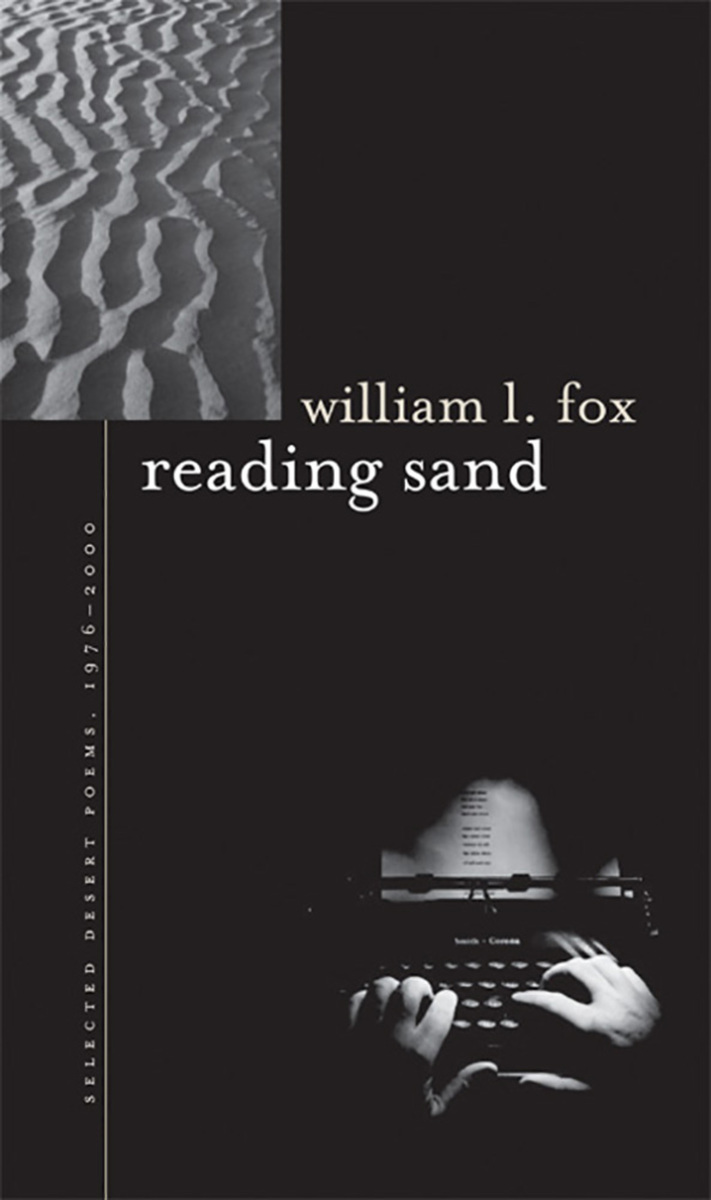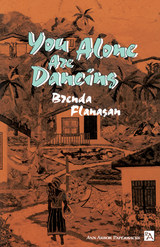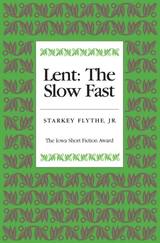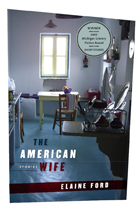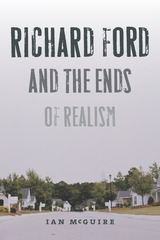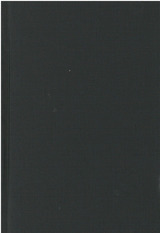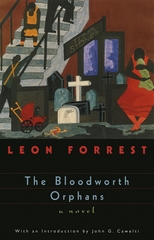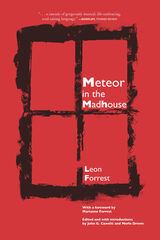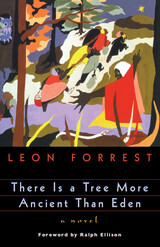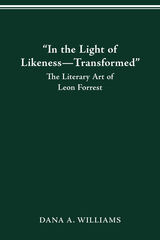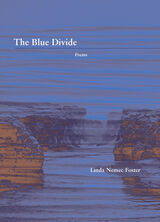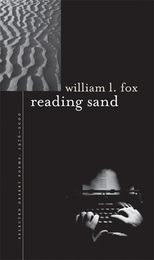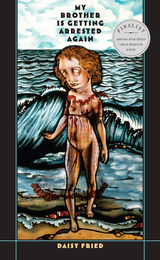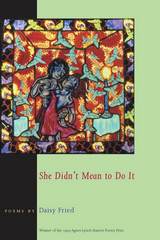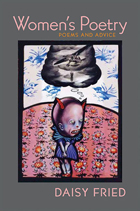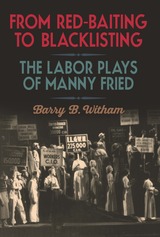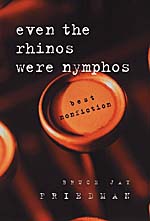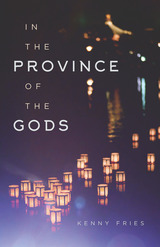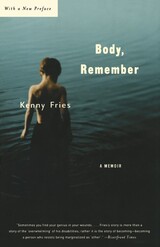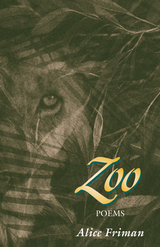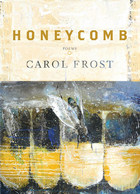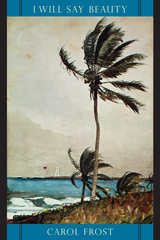Reading Sand: Selected Desert Poems, 1976-2000
University of Nevada Press, 2002
Paper: 978-0-87417-498-4
Library of Congress Classification PS3556.O966R43 2002
Dewey Decimal Classification 811.54
Paper: 978-0-87417-498-4
Library of Congress Classification PS3556.O966R43 2002
Dewey Decimal Classification 811.54
ABOUT THIS BOOK | AUTHOR BIOGRAPHY | REVIEWS | REQUEST ACCESSIBLE FILE
ABOUT THIS BOOK
The ascetic and enigmatic expanse of the Great Basin has challenged the talents of many writer, but few have met the challenge as successfully as William L. Fox. In Reading Sand, Fox's elegant minimalist poems capture the essence of the Great Basin desert—its daunting emptiness, the passage of light and wind across its surfaces, its colors and textures, its silence. In "perforated object," the collection's central piece, Fox uses a mysterious pierced-horn artifact discovered in Nevada's Humboldt Cave as the subject of an extended meditation on the nature of history and the inscrutability of the Great Basin's complex past. The result is an intellectually provocative and aesthetically moving work of a lean grandeur rarely found in recent poetry
See other books on: 1976 - 2000 | American | Fox, William L. | Great Basin | Poetry
See other titles from University of Nevada Press
